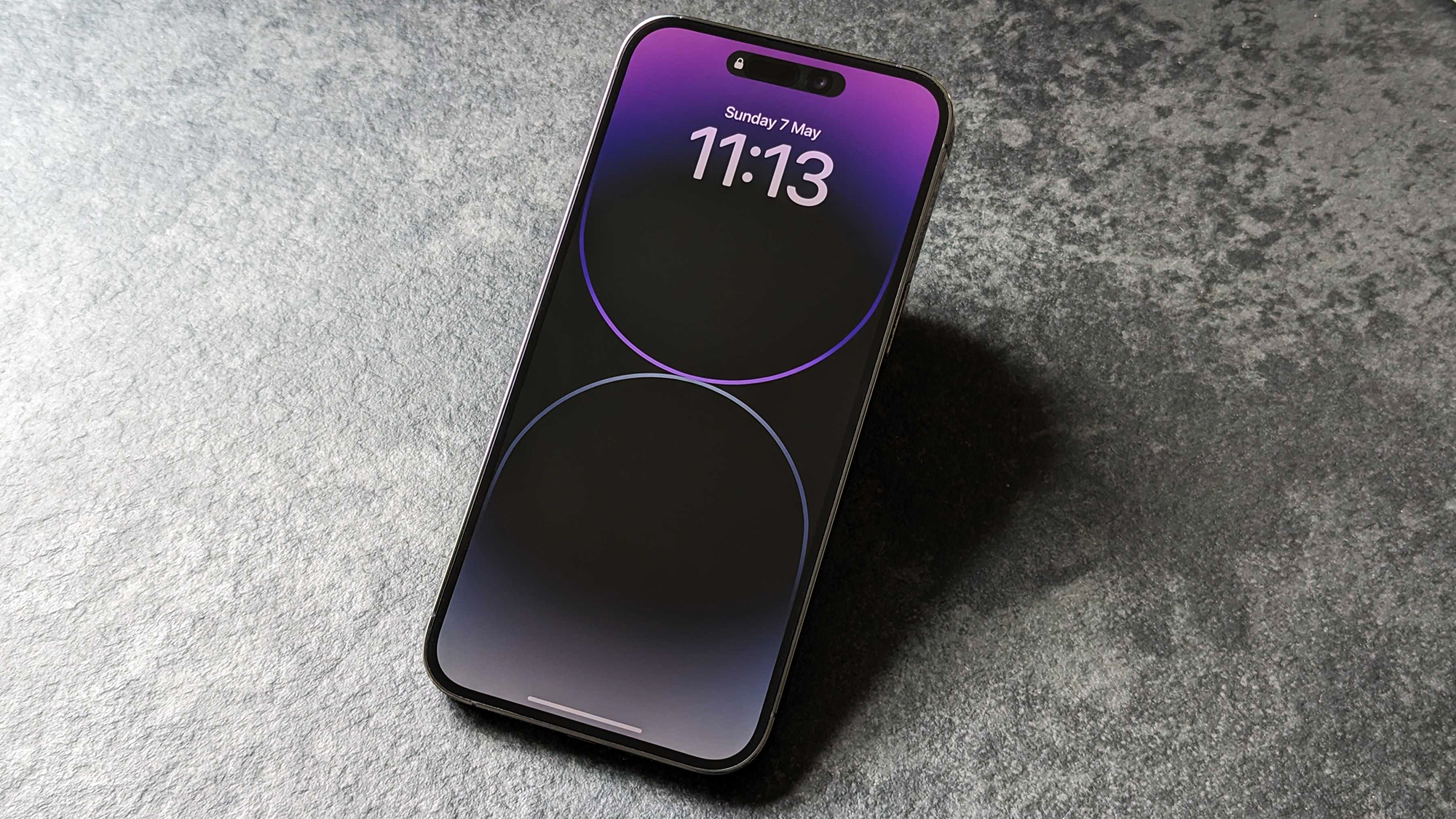
The two most powerful smartphone chipsets of 2023 are still to come, with the Snapdragon 8 Gen 3 (expected to power the likes of the Samsung Galaxy S24 line) – likely in October or November – and the A17 Bionic (set to power the iPhone 15 Pro models) likely to land even sooner.
Not only will the A17 Bionic probably land before the Snapdragon 8 Gen 3, but going by past form it will probably be even more powerful, taking the crown as the very best smartphone chipset of the year.
Of course, we don’t know that for sure yet, but we’ve heard a number of leaks and rumors about the A17 Bionic, and they paint a picture of a very capable chipset indeed. Below, you’ll find everything we’ve heard so far about the A17 Bionic, along with when it’s likely to land, and which phones it will probably be included in.
Cut to the chase
- What is it? The next chipset for iPhones (and potentially some iPads)
- When is it out? Probably September
- How much will it cost? It will be in the iPhone 15 Pro, so won't be cheap to access
A17 Bionic: release date

The A17 Bionic will almost certainly make its debut alongside the first iPhones it’s included in – specifically some models in the iPhone 15 line.
These phones and this chipset will probably be unveiled in September. More specifically, Apple usually unveils new iPhones on the Tuesday or Wednesday of the first or second week in September, which this year means September 5, 6, 12, or 13. But Tuesdays are most common, meaning September 5 and 12 are the most likely options.
In terms of when you’ll actually be able to use a phone with the A17 Bionic in it, that will probably be nine or ten days later, with Apple typically shipping its new iPhones on the Friday of the week after the announcement. So if one of the dates above is correct, that would mean either Friday, September 15 or Friday, September 22.
One source has predicted the iPhone 15 – and therefore probably the A17 Bionic – might be delayed until October, but we’d still say September is most likely for now, as no other leaks have yet agreed with this claim.
A17 Bionic: news and leaks
While there haven’t been a huge number of A17 Bionic leaks, we have been hearing about it for a while, with the earliest news dating back to 2022.
This included an announcement from TSMC (the Taiwan Semiconductor Manufacturing Company, which manufactures Apple’s A-series chipsets) that its next generation of chipsets will be made using a 3nm (nanometer) manufacturing process.
That’s down from 5nm on the current generation, and could lead to significant improvements. At 3nm, TSMC and Apple will be able to fit far more transistors in the same space, with reports suggesting the A17 Bionic could have anywhere from 18 billion to 24 billion transistors, up from around 16 billion in the A16 Bionic.
How does that help? Well, TSMC claims that these chipsets will be 35% more energy efficient than the current generation of chipsets, which could allow for major battery life gains.
That said, while TSMC manufactures Apple’s chipsets, Apple itself designs them, so it might choose to use the 3nm process to boost power rather than efficiency.
Indeed, big power improvements look likely – though it’s not clear whether these will come as well as or instead of a 35% efficiency improvement.
One source has claimed that the A17 Bionic will include a CPU that’s 20% more powerful than in the A16 Bionic. That would be a huge jump, as the A16 Bionic’s CPU is only around 10% faster than the A15 Bionic’s.
The same source has claimed that when benchmarked using Geekbench 6, the A17 Bionic achieves a single-core score of 3,019 and a multi-core result of 7,860. In another benchmark test, spotted by MyDrivers, the A17 Bionic performs even better, with a single-core score of 3,986 and a multi-core result of 8,841.
Almost as fast as M1 in multi core and single core far exceeds M1. Crazy resultsMarch 14, 2023
For reference, the A16 Bionic-powered iPhone 14 Pro is currently sitting at an average single-core score of 2,512 and an average multi-core score of 6,351.
So if this leak is accurate then the A17 Bionic benchmarks much higher than the A16 Bionic, and the A16 Bionic already benchmarks higher on Geekbench than any chipset available to the best Android phones.
We’ve also heard that the A17 Bionic will probably be paired with a Snapdragon X70 5G modem, which is lower latency than the modem used by the A16 Bionic, as well as being more power efficient, and able to use AI to improve 5G speeds.
A17 Bionic: supported phones
The first phones to ship with the A17 Bionic will almost certainly be the iPhone 15 Pro and the iPhone 15 Pro Max. The standard iPhone 15 and the iPhone 15 Plus are rumored to instead get the A16 Bionic, which would make for a similar split to what we saw with the iPhone 14 line.
If you want the A17 Bionic without buying a Pro iPhone, then you’ll probably have to wait for the iPhone 16 and iPhone 16 Plus in September of 2024.
Interestingly though, you might get a different – and worse – version of the A17 Bionic with those phones, as a post on Weibo (via MacRumors) suggests Apple will switch the A17 Bionic to a slightly different manufacturing process next year – one which is cheaper for Apple, but could deliver a less efficient chipset.







